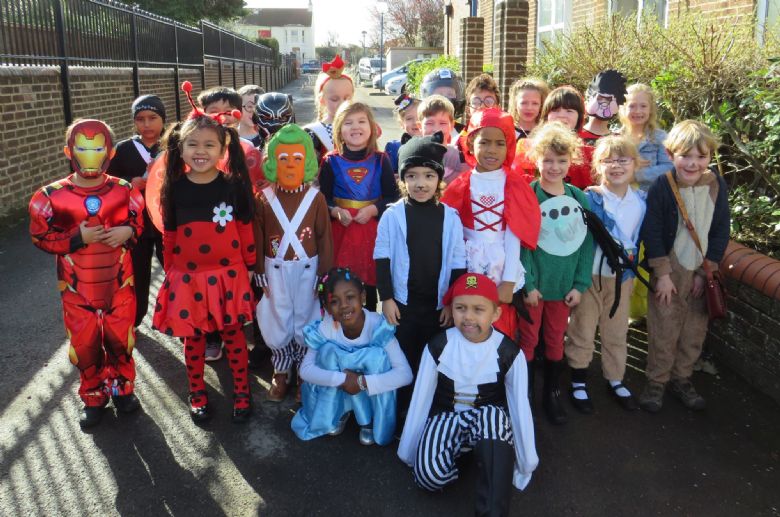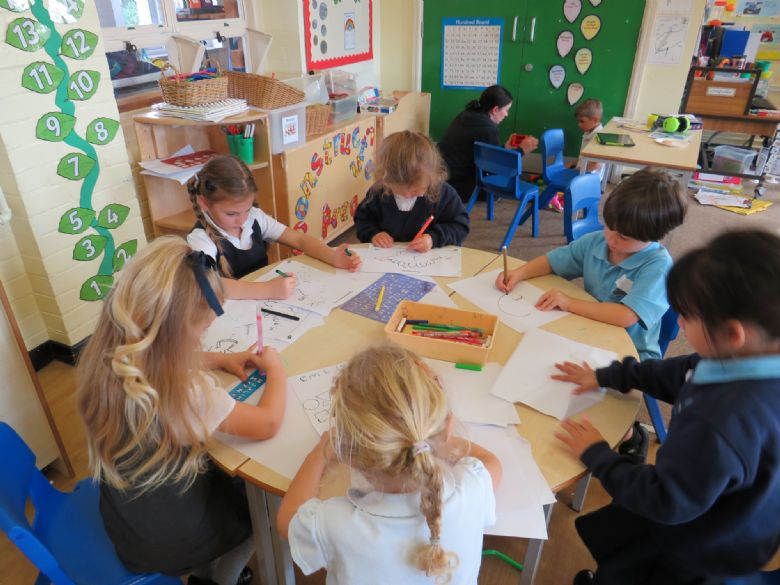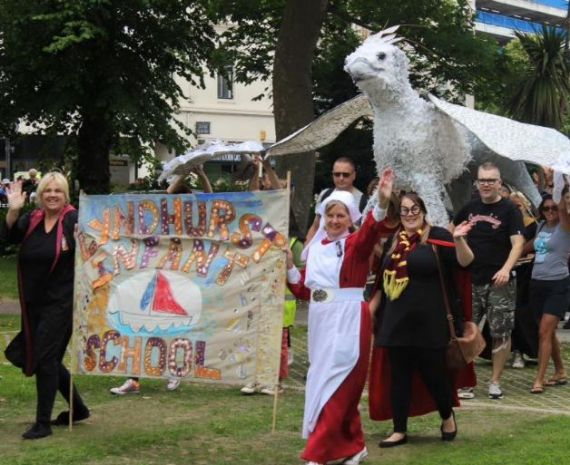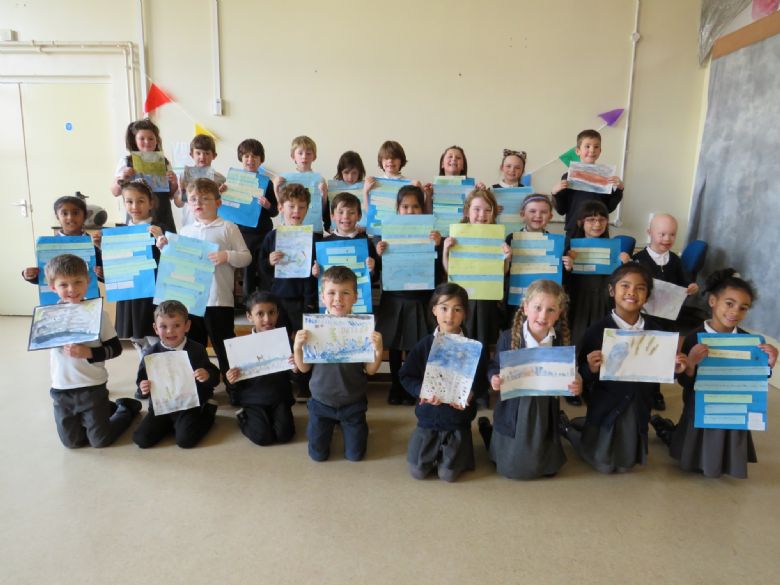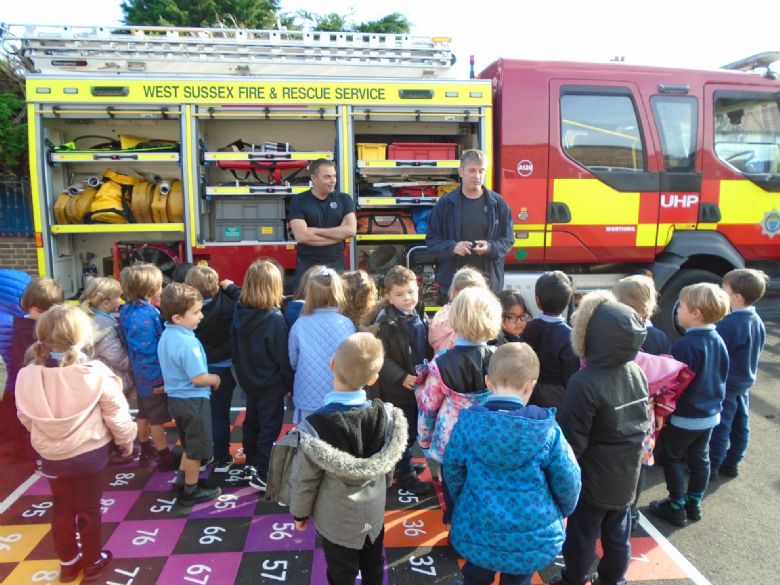Science
Working Scientifically
During years 1 and 2, pupils should be taught to use the following practical scientific methods, processes and skills through the teaching of the programme of study content:
- asking simple questions and recognising that they can be answered in different ways.
- observing closely, using simple equipment
- performing simple tests
- identifying and classifying
- using their observations and ideas to suggest answers to questions
- gathering and recording data to help in answering questions.
Plants
Pupils should be taught to:
- identify and name a variety of common wild and garden plants, including deciduous and evergreen trees.
- identify and describe the basic structure of a variety of common flowering plants, including trees.
- observe and describe how seeds and bulbs grow into mature plants
- find out and describe how plants need water, light and a suitable temperature to grow and stay healthy.
Animals including Humans
Pupils should be taught to:
- identify and name a variety of common animals that are carnivores, herbivores and omnivores.
- identify and name a variety of common animals including fish, amphibians, reptiles, birds and mammals
- describe and compare the structure of a variety of common animals (fish, amphibians, reptiles, birds and mammals, including pets)
- identify, name, draw and label the basic parts of the human body and say which part of the body is associated with each sense.
- notice that animals, including humans, have offspring which grow into adults.
- Find out about and describe the basic needs of animals, including humans for survival ( water, food, air)
- Describe the importance for humans of exercise, eating the right amounts of different types of foods, and hygiene.
Everyday Materials
Pupils should be taught to:
- distinguish between an object and the material from which it is made
- identify and name a variety of everyday materials, including wood, plastic, glass, metal, water, and rock
- describe the simple physical properties of a variety of everyday materials
- compare and group together a variety of everyday materials on the basis of their simple physical properties.
- identify and compare the suitability of a variety of everyday materials, including wood, metal, plastic, glass, brick, rock, paper and cardboard for particular uses.
- Find out how the shapes of solid objects made from some materials can be changed by squashing, bending, twisting and stretching.
Seasonal Changes
Pupils should be taught to:
- observe changes across the four seasons
- observe and describe weather associated with the seasons and how day length varies.
Living things and their habitats
Pupils should be taught to:
- explore and compare the differences between things that are living, dead, and things that have never been alive
- identify that most living things live in habitats to which they are suited and describe how different habitats provide for the basic needs of different kinds of animals and plants, and how they depend on each other
- identify and name a variety of plants and animals in their habitats, including micro-habitats
- describe how animals obtain their food from plants and other animals, using the idea of a simple food chain, and identify and name different sources of food.





